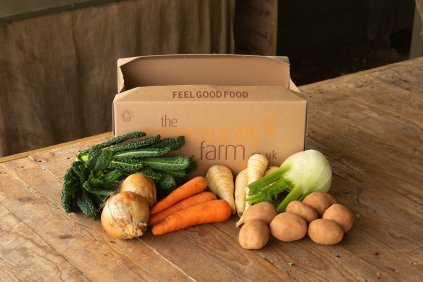Back in 2021, with the help of funding from The People's Project, our Grow and Make participants commenced the planning and planting of our wonderful Forest Garden! Here Grow & Make Leader, Ellie Nurcombe, brings us up to date on this beautifully thriving piece of land...
A Forest Garden is a hugely positive addition to an environment. It mimics a natural forest and is made up of different layers of planting, which can include trees, shrubs, plants and ground cover. These layers should provide everything the garden needs to sustain itself over time, whilst also providing food; medicinal herbs; shelter and beauty for humans; habitats for insects and animals.
Since our forest garden was initially planted it has gone from stregth to strength having been nurtured by the many hands who have taken part in our
wellbeing programmes. This year both Grow and Make and Wild Steps participants have been continuing to plant perennials to help establish the area as a self sufficient ecosystem. We've been kept busy transplanting the self-seeded wild strawberries, which have made their way into the raised beds in the Learning Area, which are not only giving us a delicious supply of fruit, but are also acting as valuable ground cover, keeping the couch grass and bindweed, at bay! Other fruit successes this year have included the propagation and transplanting of jostaberry bushes that were dug up from the site where the new polytunnel now stands. Jostaberries, (pronounced 'yosta'), are a cross between gooseberry and blackcurrants, and produce black fruit that are gooseberry in size but sweeter in taste!
Forest gardens don't simply have to be about growing food. Any perennial plants that support the ecosystem and serve a purpose can also exist within a forest garden. Examples include plants that are good for pollinators as well as those that are good for the soil and other plants, like comfrey and nettle, as well as medicinal plants. This year medicinal plants, such as St John's Wort and echinacea, have had their second productive year with us successfully planted more echinacea plugs from the seeds saved from last year's flowers. Another useful perennial plant we've encorporated is Woad, which can be used for dyeing but, sadly, the dyer's camomile did not fair so well due to the huge amount of slugs we faced at The Farm this year. Flax seed, however, were planted this year with great success, although no decisions have yet been made as to which use to choose from once we've harvested it all - we've got our pick of food, fiber crop or even linseed oil!
The most recent experiment in the forest garden this year was the sowing of Buckwheat. Buckwheat is grown as a green manure, being a quick-growing plant that produces dense green cover. We hope that this cover and the plant's allelopathic properties will help suppress the growth of the couch grass and also lead to soil improvement so watch this space!














